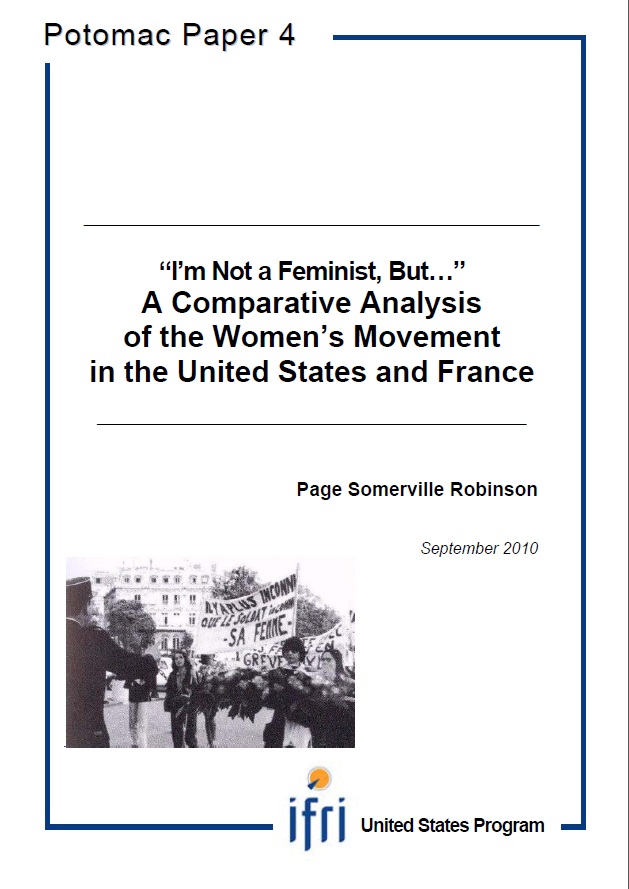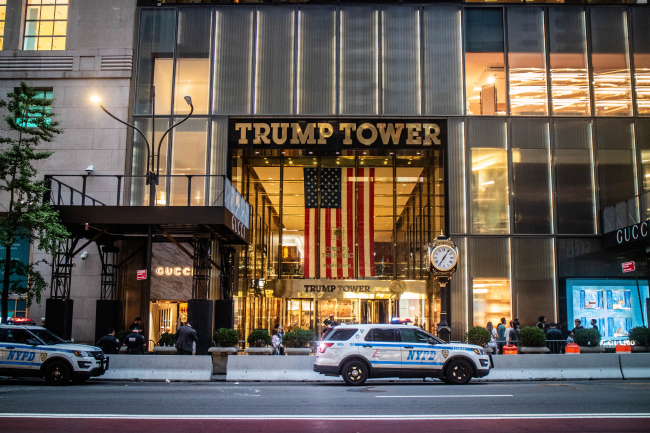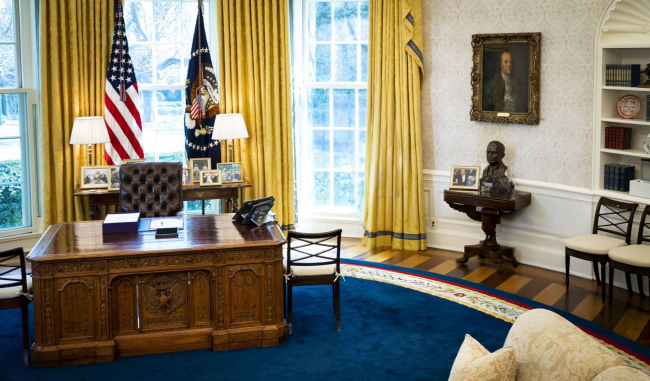‘‘I'm Not a Feminist, But…'', a Comparative Analysis of the Women's Movement in the United States and France

The emergence of a feminist thought in the 18th century gave rise to steady and regular exchanges between French philosophers and American activists. They illustrate in a very particular sector the wealth of the relation between both countries. This dialogue continues on renewed bases today: both in universities (with the exploration of the concept of gender) and in the militant world (with the defense of precise and limited causes).
From the pre-revolutionary era, French and American feminists have engaged in a nearly constant exchange of correspondence and theory. French and American feminist movements thus converged on a number of issues, such as education, divorce and inheritance rights, the fight for suffrage, and reproductive rights.
By the early 1980s, however, a rift developed between French and American feminists caused by misleading academic analyses and misrepresentations in media coverage. American feminists became widely associated in French intellectual circles with manhating radicalism. Conversely, American circles began to correlate French feminism with a primarily differentialist intellectual movement lacking an activist arm. These limited understandings led many to discount the richness and diversity of feminist movements in France and the United States.
This falling-out is not representative of current evolutions however. On the one hand, academic studies on feminism have found a new dynamic in the emergence of Gender Studies; on the other hand, feminist activism remains very much alive, organizing around a number of issues such as equality in the workplace, rights for immigrant women, and stopping violence against women.
Gender Studies are now exploring a number of remaining deep-seated issues, such as whether or not there are essential differences between men and women, and if so, how they are made manifest. Activists also contend with a longstanding tension between social movements and the feminist struggle – as feminists may also be involved in labor movements, for example, how should they prioritize their efforts? Last but not least, with many young women refusing to be called feminists, yet supporting feminist causes, the notion itself may need to be overhauled.
A French-American dialogue on these issues has started afresh. The advent of new media provides a backdrop against which feminists may represent themselves and renew important debates far from misrepresentations.

Available in:
Regions and themes
ISBN / ISSN
Share
Download the full analysis
This page contains only a summary of our work. If you would like to have access to all the information from our research on the subject, you can download the full version in PDF format.
‘‘I'm Not a Feminist, But…'', a Comparative Analysis of the Women's Movement in the United States and France
Related centers and programs
Discover our other research centers and programsFind out more
Discover all our analysesDonald Trump v. the States: the Case of New York
While the disruptive policies of the second Trump administration are being implemented at the federal level and on the international stage, they are also being felt in the federal states and major cities across the country. In the spring of 2025, several cases involving the state and city of New York demonstrate that the president’s attacks on environmental protection, the separation of powers, freedom of speech, etc., are also being carried out at the local level.
How the US under Trump Became a Strategic and Ideological Adversary of Europe
The Europeans' worst security nightmare seems to be coming true: on Tuesday, February 18, 2025, U.S. Secretary of State Marco Rubio and Russian Foreign Minister Sergey Lavrov met in Saudi Arabia to initiate the normalization of relations between their two countries. The meeting also aimed to set up peace negotiations for Ukraine. However, despite having the potential to affect the entire continent, the discussions took place without the Europeans or the Ukrainians being present.
Will Trumpian Authoritarianism Lead to a Constitutional Crisis?
Since his return to the White House on January 20, 2025, President Donald Trump has signed around sixty executive orders to implement his political agenda. Numerous other measures have also been introduced by the White House and the new Department of Government Efficiency (DOGE) as part of these orders.
Trump’s Second Term: Laying the Groundwork for a New Trade War
In a statement released on February 1, 2025, President Trump announced the implementation of a 10% tariff on Chinese goods and a 25% tariff on imports from Canada and Mexico. While the former took effect via executive order on February 4, the latter were granted a 30-day reprieve. Sanctions targeting European Union (EU) products are said to be imminent.








